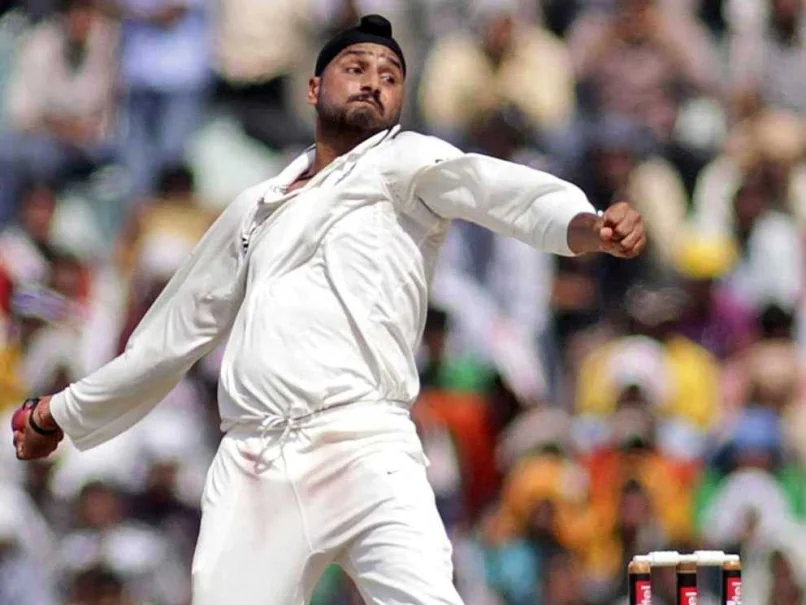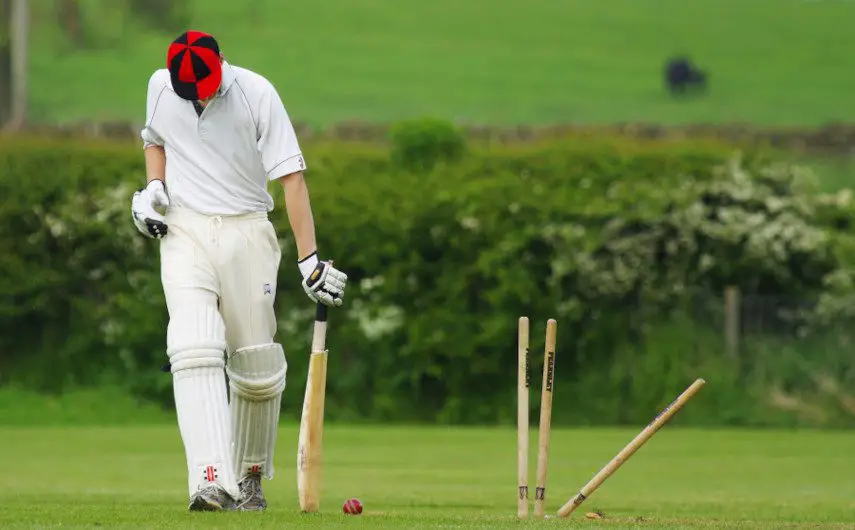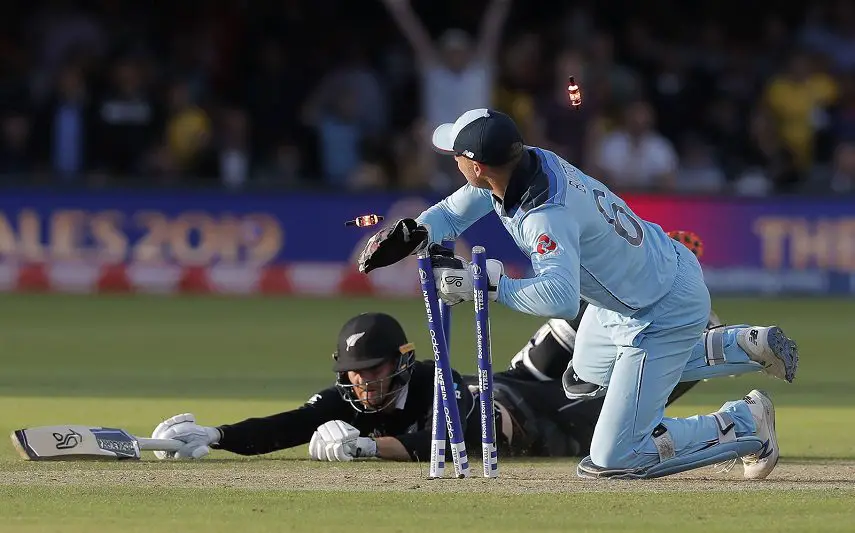Table of Contents
This can be a controversial issue but it’s a very important one for bowlers so we should cover it here. Chucking, or throwing, during a delivery has been known to end careers but what does it involve?
What is Chucking in Cricket?
Chucking the cricket ball is effectively a throw. The arm should be straight with no bending of the elbow as the ball is released. If the square leg umpire detects a bending of the arm then they should call ‘no ball’. It’s an illegal delivery and there are sanctions available against the bowler in question.
Illegal Bowling Action Rules
There are very small margins in place in regards to any kink in the elbow. It’s felt that the arm may not be perfectly straight upon delivery so there is a tiny amount of leeway. In fact, biomechanical tests in the 1990s proved that every bowler has an element of flex when they deliver the ball.

The 15 Degree Rule in Cricket
The laws have changed on a number of occasions since those initial findings were released. At the time of writing this review in August 2021, the bowling action rules state that there is allowance for a 15 degree extension of the elbow at the point of delivering the ball.
Clearly it would be impossible for the umpires on the field to establish whether or not a bend of the elbow is inside or outside of that 15 degree limit. However, it should be apparent to any of the officials involved, including the third umpire, that there may be a problem with a specific bowler.
At a professional level, that bowler will be cited for having a suspect action and they will be tested to see if that flex is within the 15 degree limit. While that test is pending, they will not be allowed to bowl in a match situation.
Following the test, if the bend in the elbow is shown to be within 15 degrees of flex, they can continue to bowl. If it is outside of those limits, the onus is on the bowler to remedy and remodel their action to the point where it becomes legal once again.
Calling a No Ball
As with other illegal deliveries such as underarm bowling, a throw shall be called as a no ball by the umpires. In general, the umpire standing at the batsman’s end will have a better view of the delivery and the onus is, therefore, on this official to call and signal the no ball.
However, the law states that either umpire can call a no ball if they are satisfied that the delivery has been thrown.
For those that like to look things up, Law 21.2 is the relevant ruling in this case. It states that the elbow must not be partially or completely straightened until the ball has been delivered. The law does make allowance for flex of the wrist.
One run will be added to the batting team’s score and that delivery must be bowled again. In limited overs cricket, a no ball for throwing will also result in the next delivery being considered to be a free hit.
If the bowler persists in sending down thrown, illegal deliveries, then they should be taken out of the attack. The ECB’s provision for assessment of their action will now take over.
Difference Between Throwing and Bowling?
When a delivery is legally bowled, all of the speed and energy going into the ball should come from a rotation of the shoulder. The arm is as close to being straight, within those ICC rulings, and it will remain so until such time as the ball is delivered and is on its way to the batsman.
With a throw, there will be extra propulsion put into the delivery by a bent arm. The shoulder rotation will be less important and the ball will not come out naturally. In cases of chucking at club level, the bent arm may well be obvious and the umpire standing at square leg will be able to make the ‘no ball’ call.
In professional cricket, margins can be much smaller: That’s why you will often hear about players being reported for a suspect bowling action before they are assessed using slow motion replays later on.

Elbow Hyperextension and Chucking
There is a phenomenon known as hyperextension which was displayed most notably by Pakistani fast bowler Shoaib Akhtar and India’s RP Singh. Here, it appeared that the two men were extending their elbows to a negative angle from the upper arm. At full speed, it appeared that they were actually throwing the ball.
However, when the two actions were looked at in slow motion, this was proved to be a natural occurrence which was due to the anatomy of their elbows. The arms were straight, in accordance with ICC rules, and they were cleared to bowl. This is an interesting phenomenon and one which could potentially occur again in the future.
How to Avoid Throwing Deliveries
As a young player, chucking can be an issue. The action of delivering a cricket ball may seem alien at first and many youngsters have this problem early on. So how can you overcome this?
To learn how to avoid chucking, it’s recommended that you take all other factors out of the equation first: Strip away the batsman, stumps and ball. Just work on the basic art of bowling which will be underlined in the next section.
Ideally, players should work with a coach if one is available.
How to Bowl a Cricket Ball
Young players can avoid issues with throwing if they get their action right at the very start. The most relevant part of bowling to the issue of chucking is the phase called jump and gather. This is where the body gets into position to release the ball.
Just by practising that stage, it’s easy to learn the mechanics of a bowling action and to bring the arm down as straight as possible.


